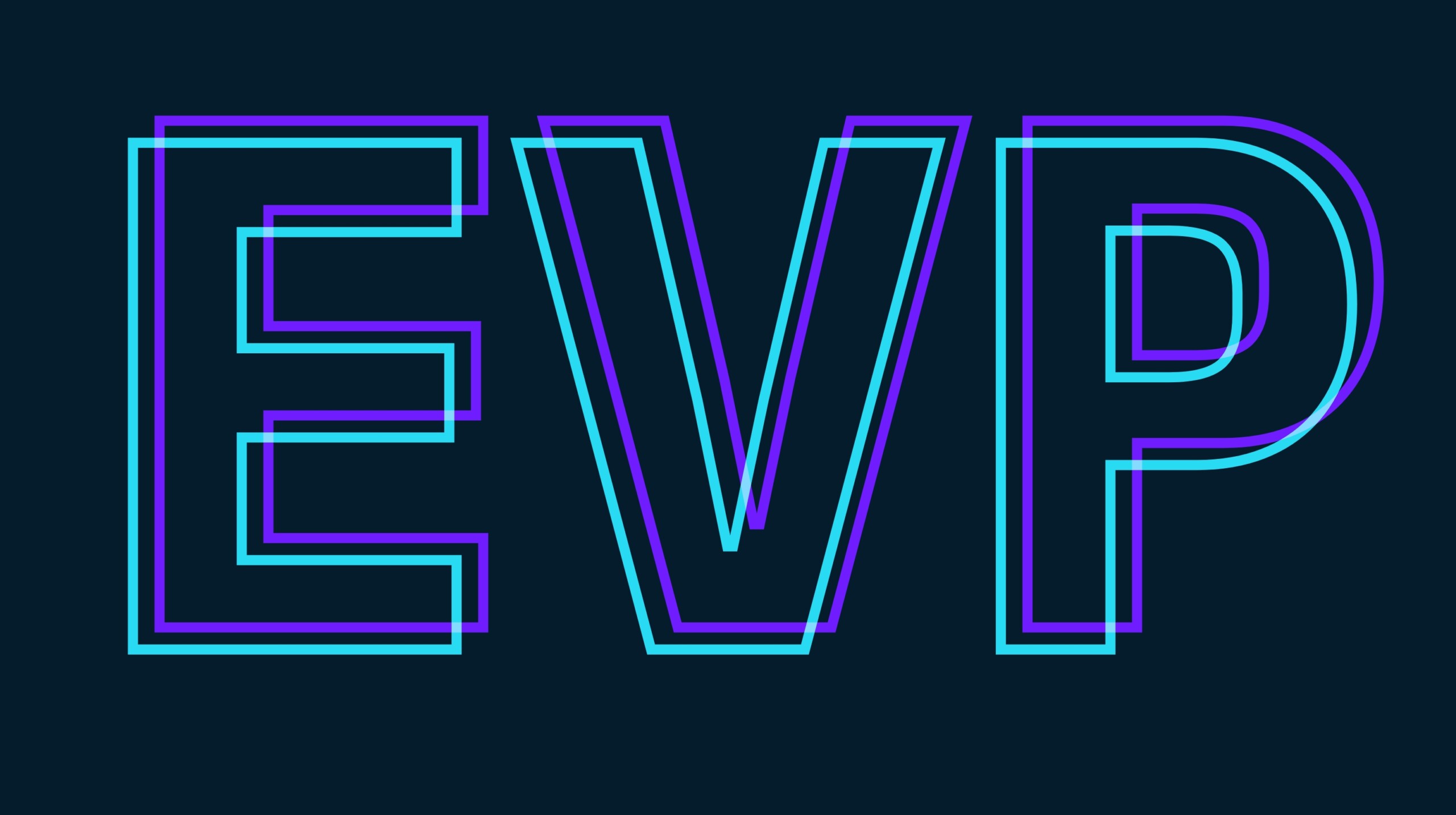by Howbridge Team
Share
by Howbridge Team
Share

When striving for growth, founders, executives and financial officers put an inordinate amount of focus on the consumer value proposition. But what if you shifted your focus to a value proposition that has a much more long-term impact: your ability to attract and retain top talent?
The most important transactions you make in your business aren’t monetary.
They’re personal.
When striving for growth, founders, executives and financial officers put an inordinate amount of focus on the consumer value proposition. How the impact of your product or service enhances the lives of those buying it. The problems you’ll solve for them. The value of their investment compared to other offerings on the market.
But these conversations often miss an important aspect of business growth: the people behind the scenes who help your vision come to life.
As Herb Kelleher, founder of Southwest Airlines once said, “Your employees come first. And if you treat your employees right, guess what? Your customers come back, and that makes your shareholders happy. Start with employees and the rest follows from that.”
Your employee value proposition (how you attract and retain talent) is just as—if not more—important than your consumer value proposition.
Because without the right people in your corner, you won’t be equipped to grow.
If you’re not focusing on your ability to attract top-level employees who are engaged, fulfilled and eager to tackle new challenges in their role, you’ll lack the resources (and brain power) needed to develop that game-changing product or expand your services.
And, to be frank, if you’re not already thinking about your employee value proposition (EVP), you risk losing the people you have.
What does a strong EVP look like? Picture this…
You have a high level of engagement and commitment among your team.
Your employees feel truly valued and inspired by the work they do and embody the mission statement of your organization.
Your team is aligned—and there’s no end in sight for what you can achieve because of it.
Now, the question is, how do you foster that kind of value within your organization? Here are some key aspects to consider:
Compensation
Let’s start with the most obvious aspect: what material offerings you can provide. This includes compensation, benefits, subsidies for commuting (or equipment, should you run a remote business), flexibility, schedules and other perks.
Compensation is obviously a key bargaining chip during the hiring process. There are industry standards to consider here, along with competitive flexibility to attract top talent.
But interestingly, research shows that these material aspects no longer sit at the top of the EVP hierarchy.
Younger workers, especially those in emerging industries like tech, want to be paid their worth. But they don’t want to be thrown bonuses in place of valuable opportunities to be mentored or to expand their skill set, for example.
Growth
What kind of opportunities do you provide employees to develop their skills and grow within their roles?
By giving your people a little wiggle room to design their ideal role, assigning new roles, offering them training and promoting them, you show a desire to help them become more valuable to the labor market.
This doesn’t mean you’re pumping time, money and resources into creating the perfect employee for a competitor. In fact, it means the opposite.
Studies show that the more development opportunities an organization offers, the higher the employee retention rate.
Culture
Arguably the most important factor of your EVP, your corporate culture should emulate your organization’s core values.
If you boast a dedication to inclusivity, support and innovation to your customers, you need to make sure the people behind the scenes feel those values in their day-to-day work experience.
Let’s face it, your employees aren’t going to stick around long if the environment isn’t great.
One of the best ways to take stock of your culture is to poll your current team about their experience. Do they feel engaged and collaborative in their work? Are there any issues that negate those core values? Are they feeling enriched?
Purpose
Today’s consumers expect actionable values from the companies they shop with. They want to see how brands are actually driving purpose—and they want to see proof of action. Your team is no different.
Several studies support this point of view. In fact, new research suggests that in a post-pandemic world, many people will accept lower salaries for being engaged in meaningful work.
The more you define and refine your purpose, the stronger your gravitational pull will be on those who share the same desire to improve the world. This is the answer to the core question of why employees do the work they do—and it’s a powerful one.
Has this post inspired you to take stock of your EVP?
If you’re ready to refine your value proposition to encourage growth and feel a deeper dive into your company’s value proposition is in order, don’t hesitate to get in touch with the Howbridge team.
Helping organizations define and refine their purpose for growth is our specialty.
Leadership may be one of the most popular topics covered by self-development authors and business coaches. Still, several misconceptions persist in regard to what it takes to be a truly effective leader. In this blog post, we break down some of the most common leadership myths so you can feel more confident about your position […]
Taking stock of your past and learning from your mistakes is key to growing as a leader and encouraging innovation in your business ventures. Howbridge CEO Jeff Prag discusses 3 key lessons from his own experience. How do you encourage growth in your leadership and innovation in your business? Take stock of your past and […]
Silos squash potential. At Howbridge, our experience shows that sustainable success sits at the crossroads of three elements: offerings, organizational dynamics and opportunities. In this blog post, we explain the O3 effect and our approach to creating continuous growth. Building a venture is filled with inflection points—none of them easy. But too often, companies face […]
Entrepreneurs, journalists, musicians and artists alike are in a perpetual pursuit of innovation. Our focus concentrates on the future. Wondering about the past is deemed a waste of time and the present moment is largely overlooked for the feelings of stagnation that accompany it. Startup founders want to imagine a future that nobody has yet […]



